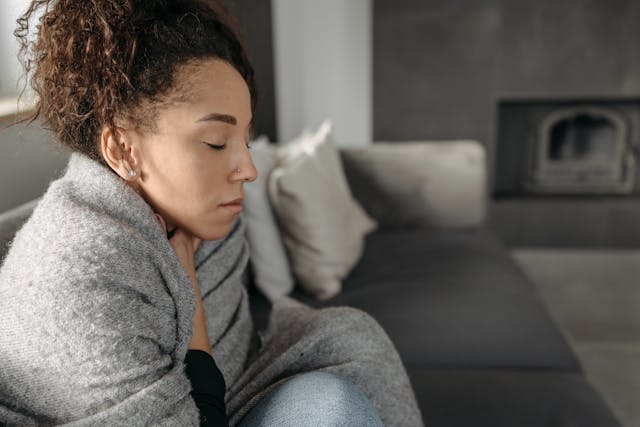Creating a Supportive Home Environment for Chronic Pain Management
Living with chronic pain can be a daily struggle, impacting every aspect of your life. However, by making thoughtful modifications to your living space, you can significantly improve your comfort and overall well-being. Research has shown that adapting your home environment can make a real difference in managing chronic pain and enhancing independence.
According to a recent NIH study, around 21% of adults in the U.S. experience chronic pain, with 8% reporting high-impact chronic pain that severely limits their daily activities. While medical treatments are essential, creating a supportive environment can complement these treatments and improve your quality of life.
Making Your Space Work For You
Begin by optimizing your main living areas. Arrange furniture to create clear pathways and easy access. Consider using adjustable-height surfaces that can be tailored to your needs whether you are sitting or standing. Position seating close to natural light sources and install motion-sensor lights for added convenience. Keeping everyday items within reach at designated activity stations can help you maintain independence while reducing unnecessary movement.
Smart Storage Solutions
Organizing your space efficiently can help reduce physical strain. Keep frequently used items at shoulder to hip level to minimize bending and reaching. Utilize pull-out drawers, rotating organizers, and voice-activated systems for easy access. For specific conditions like arthritis, back pain, or fibromyalgia, tailor your storage solutions to suit your needs. Label storage areas clearly and establish activity zones to streamline your daily routines.
Enhancing Comfort
Strategic cushioning and ergonomic accessories can make a significant difference in your comfort levels. Experiment with different pillow combinations for various activities and ensure proper seating posture. Consider using programmable heated throws and electric blankets for arthritis, supportive mattresses for back pain, and pressure-relieving cushions for conditions like fibromyalgia. Smart home features like adjustable beds and voice-controlled systems can further enhance your comfort.
Mastering Your Environment
Controlling factors like temperature, humidity, and air quality can greatly impact your comfort. Use smart home technology to regulate these factors easily. Designate a specific area for gentle exercise and incorporate wall-mounted grip bars for added security. Maintain proper humidity levels, especially during winter, to reduce joint stiffness and muscle tension. Tailor your environment to suit specific conditions like neuropathy or migraines for optimal comfort.
Establishing Daily Routines
Work with your body’s natural rhythms to create a supportive daily routine. Organize your space based on your typical pain patterns and energy levels. Keep a pain and activity journal to track your progress and make targeted improvements. Focus on one area at a time and celebrate small victories along the way. By creating a supportive environment tailored to your needs, you can thrive despite chronic pain.
Your Path Forward
By making strategic adjustments to your living space, you can improve your comfort and quality of life while managing chronic pain. Start by assessing your needs and implementing practical solutions that work for you. Remember to track your progress, make adjustments as needed, and celebrate your successes. With a supportive home environment, you can enhance your well-being and live more comfortably with chronic pain.


